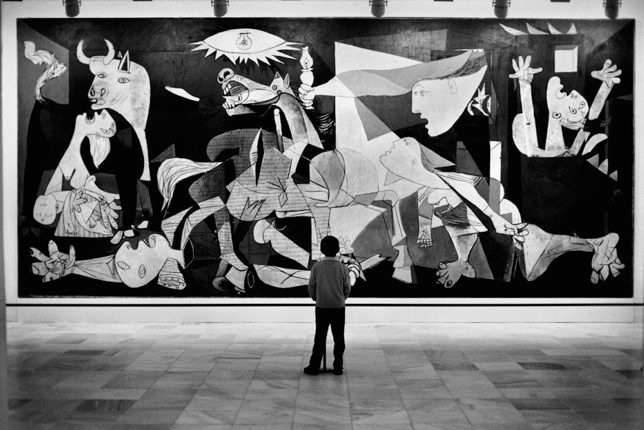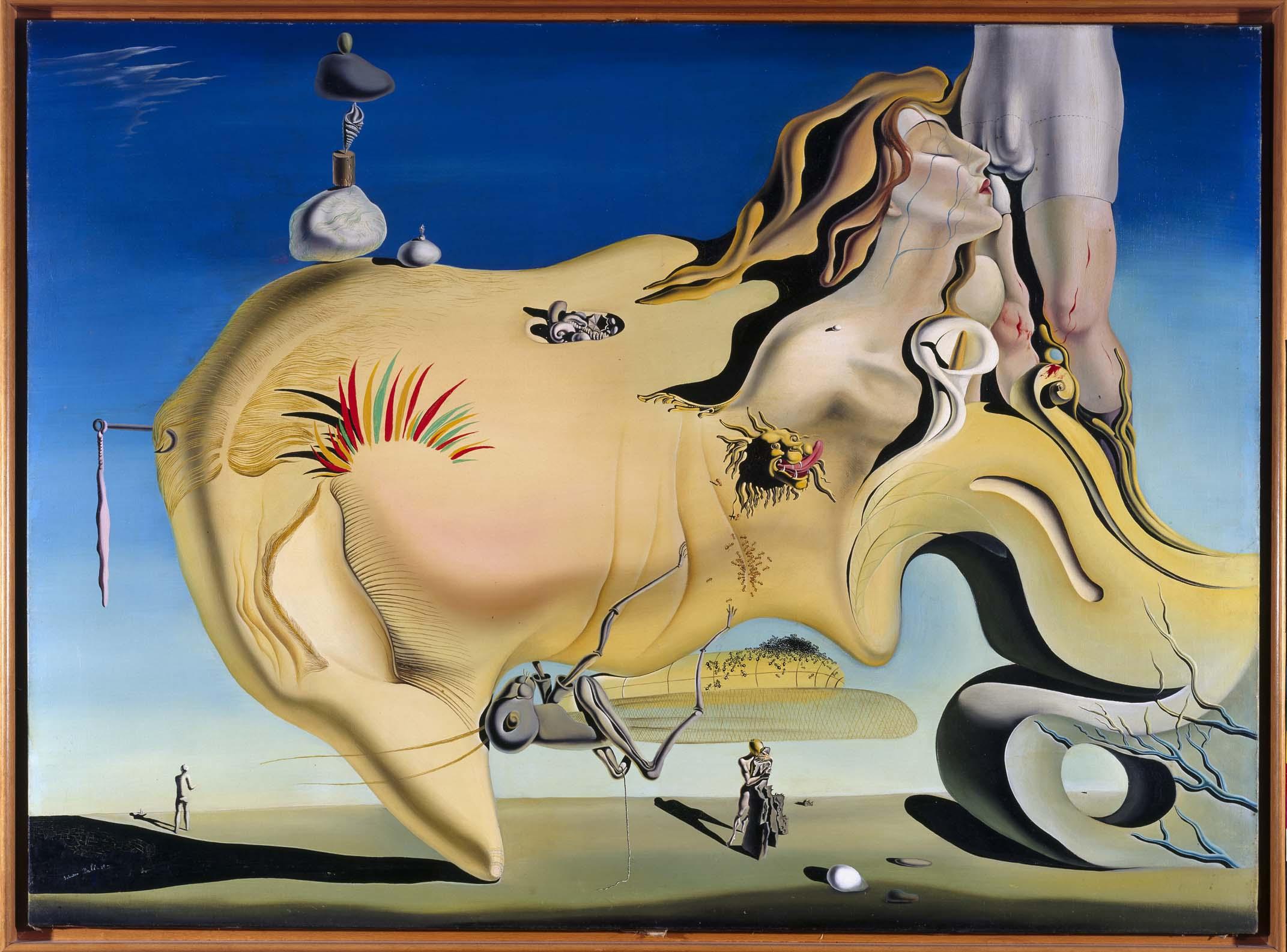
Visit to the Reina Sofia
Art Museums are some of my favorite places to visit, especially in Europe. This week, I visited the Reina Sofia in Madrid. The Reina Sofia’s best-known work is Guernica by Picasso, which I even remember learning about in my high school Spanish classes! Picasso painted it after the bombing of the town of Guernica, which was a town uninvolved with the ongoing war. In this large-scale work- it takes up an entire wall-, Picasso strove to represent the violence of war and the suffering of the innocent. He painted screaming women and their dead children, the suffering of animals, house fires, and the mutilation of human bodies. This painting critiques the horrors of war. The art style also adds to its meaning, using colors of white, black, and gray. As a whole, the work evokes emotions such as horror and sadness, which ultimately serves to criticize the horrors of war and the unnecessary suffering of innocent people. I thought it was an incredible experience to see this painting, which I had studied extensively in school, in-person with my own eyes. Its emotional impact was so much more powerful.
Another work I greatly enjoyed was El Gran Masturbador by Dalí. I audibly gasped when I saw it; the bright blue colors, dreamy landscapes, and daring subject matter immediately captivated me. I couldn’t stop admiring Dali’s painting style; it stood out so strikingly from everything else in the room. It was brilliant and futuristic while also having elements of nature and classical art. For me, the longer I looked at his painting, the more meaning I discovered, both within it and relating to myself. I love how art can have that effect on a person. This is the main reason I absolutely love to visit art museums.
Dalí’s works can be interpreted as a total rebellion against the classical forms of art. In the past, art served to represent reality- for example, one of its main usages was to depict the portraits of the upper class. After the development of photography, however, paintings changed to represent different versions of reality and the creative expression of the artists. Dalí’s works not only broke the concept of “reality,” but also depicted taboo subjects, such as sexuality. Even though I loved the painting just for it’s aesthetic value, contextualizing it within history made it all the more meaningful.
Finally, one last notable work from my visit is Un Mundo, by Angeles Santos in the 20th century. This painting represents a version of the world and sky created by the painter. His version of the world and heaven is very different from traditional representations in history, often commissioned by the church. Santos’ version doesn’t have the cherubs and bright colors of such paintings; rather, it features dark colors and little angels with pained expressions, ultimately portraying the world in a bleaker light. As a whole, this deviation from the traditional concepts of the world and sky represents the freedom of the artists in the 20th century.

